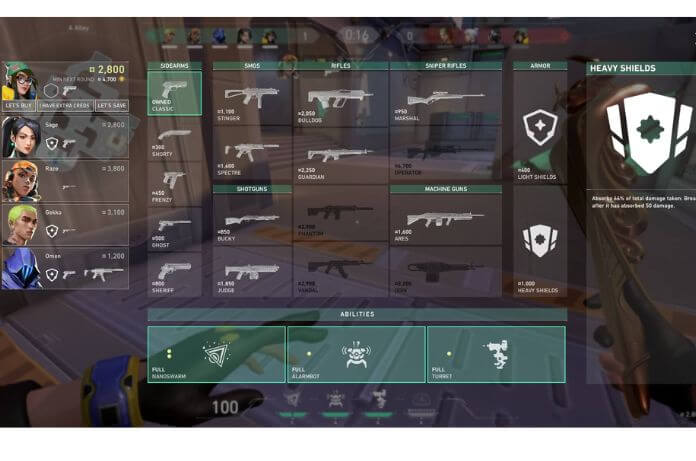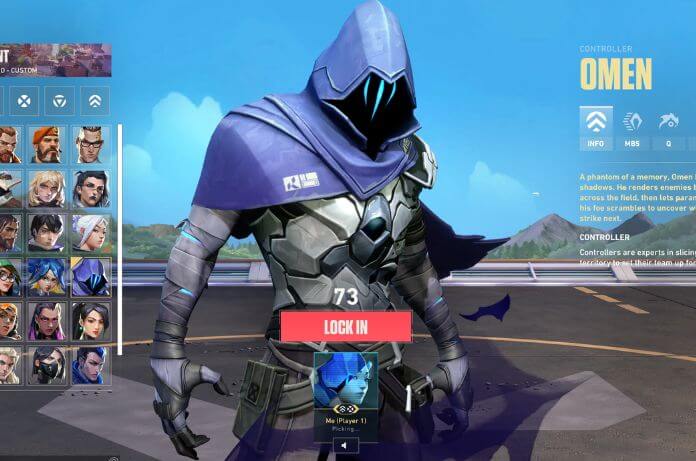Contents
In Valorant, just like any other competitive game, mastering the mechanics and aiming skills are important, however managing yourself and the team economy is just as crucial to achieving consistent victories.
Whether you are doing a solo que or playing with duo or even a 5 stack match with your friends the in-game economy determines your teams chances of victory
In this blog, we’ll dive into the fundamentals of Valorant’s economy, break down how to manage your funds efficiently, and offer tips on how to make sure your team is set up for success, no matter the situation.
Understanding Valorant’s Economy: The Basics
The whole valorant Economy revolves around creds, the in game currency used to buy weapons, armor and your agent ability at the start of each round
In addition to Creds, the round wins/losses, kills, planting the spike and defusing it and objectives also affect your economic situation.
Here’s a breakdown of how the economy works:
- Creds: The currency used to buy weapons, armor, and abilities. Each round, you receive a set amount of Creds based on performance.
- Kills and Objectives: Players earn Creds for kills, planting or defusing the Spike, and winning rounds. Conversely, you lose Creds if your team loses a round or if you die without securing any kills or objectives.
- Round Win/Loss Bonus: Winning rounds provides your team with a Cred bonus, while losing rounds often results in a “save” or “eco” round, meaning you’ll have less to spend on weapons and abilities.
If you are good at managing your economy, you will be able to full buy the next round with better weapons and can easily dominate your enemy.

Key Economic Phases in Valorant
In Valorant you go through several phases that are vital to understand
1. The First Round (The Buy Round)
After the initial pistol round, you’ll get your first opportunity to buy full weapons and abilities. The choices you make here can greatly impact your team’s success.
Most Competitive team tells their main Duelist to buy a rifle Vandal or Phantom and the rest of the team does a half buy so if they lose their eco round they can go anti-eco next round.
2. The Eco Round (Save Round)
When you’ve lost a few rounds in a row or you’re in a situation where you simply don’t have enough Creds to afford rifles and full utility, your team might decide to “eco” (economize).
This means buying cheaper weapons (such as pistols) and saving Creds for the next round. An eco round isn’t just about saving money; it’s also a way to ensure you can buy rifles and full utility in future rounds.
However, this round often relies on smart tactics like close-range engagements and playing for picks rather than aggressive pushes.
3. The Force Buy Round
A force buy happens when you don’t have enough Creds for a full buy, but your team decides to purchase whatever they can (usually rifles, armor, and some utility) to avoid giving up an easy round.
A force buy can be a risky strategy, but it can often pay off if you play the round smartly, using your limited resources efficiently. It’s a high-risk, high-reward tactic, especially when your team is trailing behind.
4. The Full Buy Round
This is the ideal situation where your team has sufficient Creds to purchase full rifles, armor, and all needed abilities.
A full buy round gives you the best chances to dominate the enemy team because you’ll have access to all the tools you need to perform well.
You’ll likely see a mix of rifles (Vandal, Phantom, or Operator) along with full armor and utility, giving you the flexibility to execute different strategies.
5. The Bonus Round
In the event that you win a round but still don’t have enough Creds for a full buy, you may still be able to make it by purchasing rifles, armor, and utility on a limited budget.
The bonus round usually occurs when your team has just won a few rounds in a row, allowing you to save up and potentially overbuy in order to gain an upper hand.

Best Practices for Managing Your Economy
1. Communicate with Your Team
Valorant is a team-based game, and managing the economy is a team effort. Communication is key when deciding whether to save, force-buy, or spend big.
Tell your teammates when you are low on creds so they can do a half buy or save with you to go full buy next round
Pro Tip: Always remember buying a cheap weapon can also get you high value if used perfectly, like buying a Sheriff which deals 159 damage on the head so instant kill for you
2. Know When to Save
If you’re playing with limited Creds or your team is likely to lose the round, saving your weapon and armor for the next round can be more effective than trying to fight an unwinnable round. This strategy is known as saving or “thrifting.” Doing so allows you to have something to work with the following round, meaning you won’t enter the next round with nothing but a pistol.
3. Smart Use of Abilities
Your abilities are just as important as weapons, and using them wisely can save Creds in the long run. Instead of spending too much on utilities early in the game, use the abilities strategically to maximize their effectiveness. For example, smokes and flashes can often get you a kill without needing to rely on buying multiple weapons for close combat.
Conclusion
Mastering Valorant’s economy isn’t just about knowing how to spend your Creds
It’s about developing a strong understanding of your team’s situation, managing your resources, and communicating effectively.
When done right, smart economy management can lead to consistent wins and a more balanced, enjoyable gameplay experience. Don’t just rely on aim and gunplay; make sure you’re playing the long game by mastering the economy!
How to manage valorant economy Valorant valorant economy
Last modified: April 23, 2025









